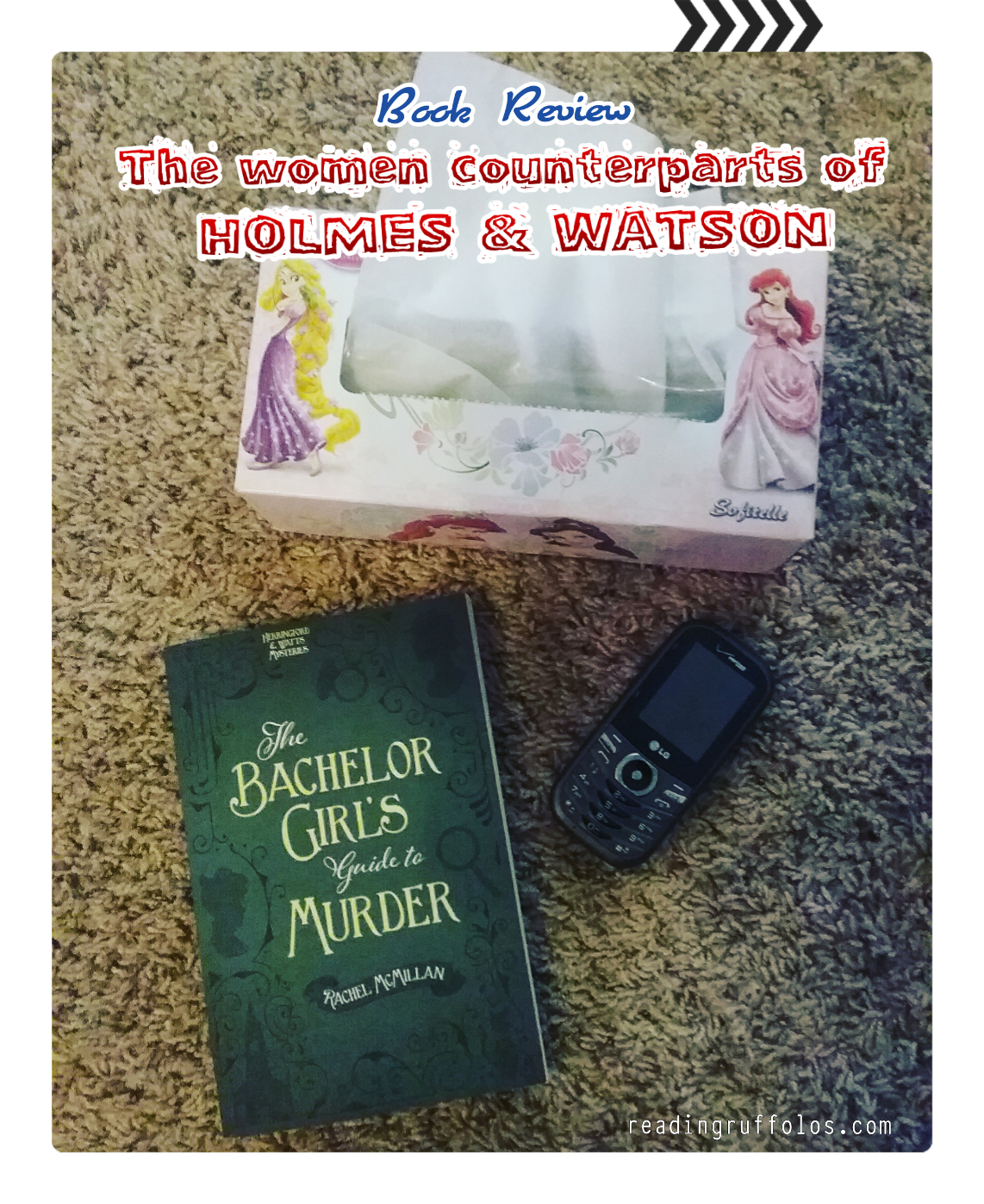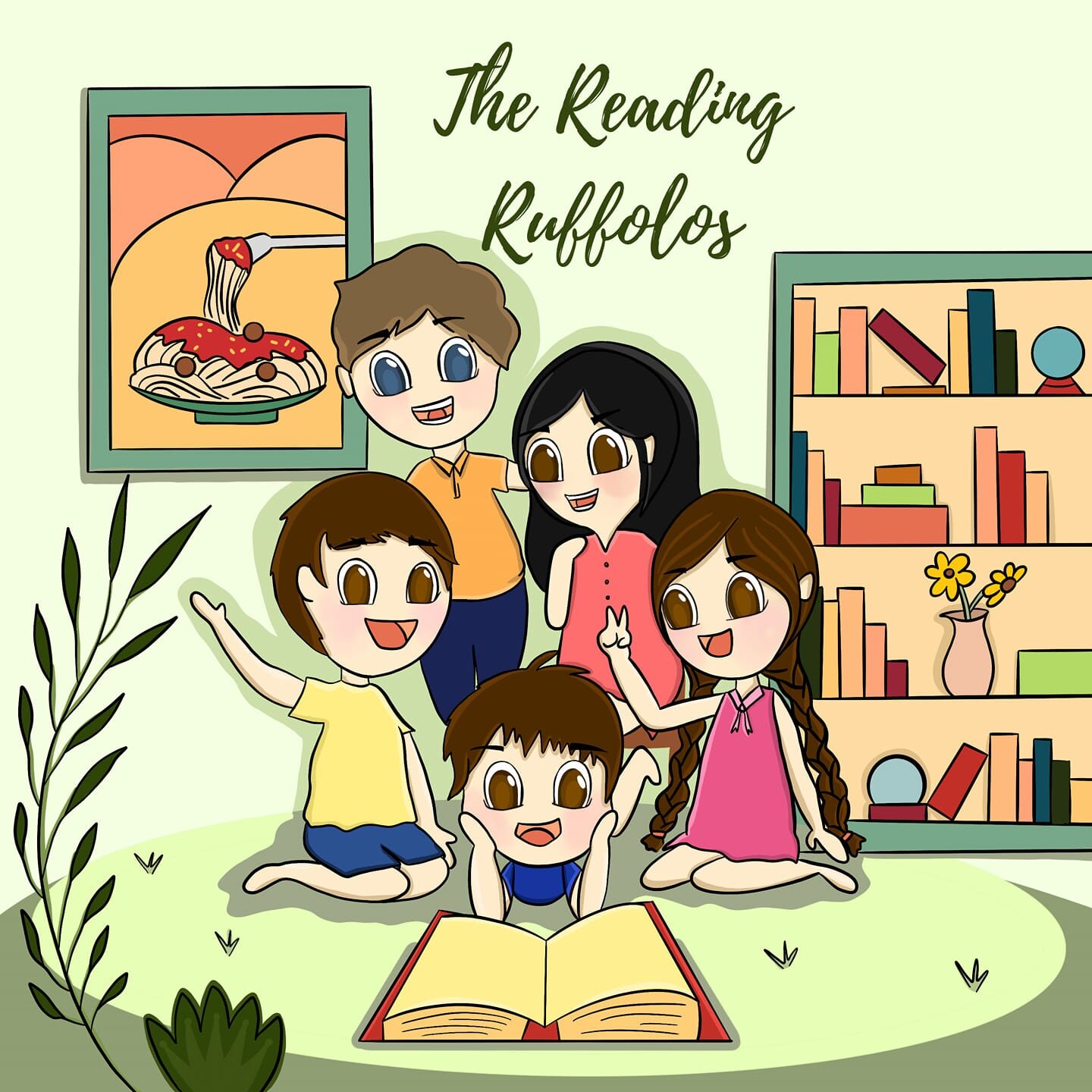Think of Sherlock Holmes and John Watson – two of the literary world’s best detective duo – and transform them in your mind’s eyes as lady detectives in the city of Toronto in the early 1900s, that part of history where women were generally viewed as creatures relegated to knitting, cooking, and the ones responsible for accomplishing all household chores. Author Rachel Mcmillan breathe life in these two lady detectives and christened them as Merinda Herringford and Jemima Watts in The Bachelor Girl’s Guide to Murder.
Author Rachel Mcmillan breathe life in these two lady detectives and christened them as Merinda Herringford and Jemima Watts in The Bachelor Girl’s Guide to Murder.
Along with their friends — well, loves of their lives eventually — journalist and Italian immigrant Ray DeLuca and police detective Jasper Forth, Herringford and Watts uncovered the identity of the person behind the murders of two women.
Merinda is Sherlock: observant, smart, self-centered. She comes from an affluent family whose parents do not approve of their daughter’s decision to be a professional sleuth but nevertheless financially supports her.
Jemima or Jem is Watson, Merinda’s bestfriend and sidekick. Unlike Merinda’s parents, Jems’ mother and father have expressed total disapproval of their daughter’s decision to trail behind a trouser-wearing woman (Merinda, that is) leaving Jem to find a job in a department store.
Underneath the drive to discover the murderer is the theme of women empowerment in the 1900s and the struggles faced by women during this period. The story mentioned the existence of a Morality Squad, whose role is to capture women who are considered to be indecent and incorrigible under the tenets and rules of appropriate womanly conduct set forth by an all-man council.
McMillan writes in a funny, light, refreshing tone that paints an interesting picture of a patriarchal society but highlights the ongoing silent revolution among those who see themselves beyond housewives or housekeepers. McMillan is spot on in painting scenes of the hard labor women were made to do and yet, they were unfairly treated and poorly compensated.
It was easy to judge the book as a copycat of Sir Arthur Conan Doyle’s Sherlock masterpiece before reading it. After all, the characters were inspired by two timeless characters in world literature. But McMillan was able to create characters that were also unique — hey they’re women, and women are fascinating species remember? — in as much as they mirror Holmes and Watson.
I love that McMillan included in this book the character of Ray DeLuca, an Italian immigrant who works for what is considered at that time a second-rate newspaper called Hogtown Herald. He’s a journalist — more of a muckcracker actually, which in current journalism parlance refers to an investigative journalist — with a social advocacy and devil-may-care attitude to uncover injustice and corruption. He works hard to improve his English but stays connected to his Italian roots by speaking his language.
The Bachelor Girl’s Guide to Murder is a revelation of McMillan’s talent in storytelling, of translating historical events in a medium that is more understandable and relatable, and in bringing to life women characters who, in the midst of discrimination, managed to come out triumphant.
If you grew up with Nancy Drew, then you will love The Bachelor Girl’s Guide to Murder. Think of it as your adult Nancy Drew times two. Still, I highly recommend this book to those who don’t know Nancy Drew.
Detective stories are perfect tools to exercise your brain muscles.
***
Disclosure of Material Connection: I received a copy of this book from the Litfuse Publicity Group and Harvest House Publishers for the purpose of this review. I was not required to write positive reviews. Some of the links in the post above are “affiliate links.” This means if you click on the link and purchase the item, I will receive an affiliate commission. Regardless, I only recommend products or services I use personally and believe will add value to my readers. I am disclosing this in accordance with the Federal Trade Commission’s 16 CFR, Part 255: “Guides Concerning the Use of Endorsements and Testimonials in Advertising”.



